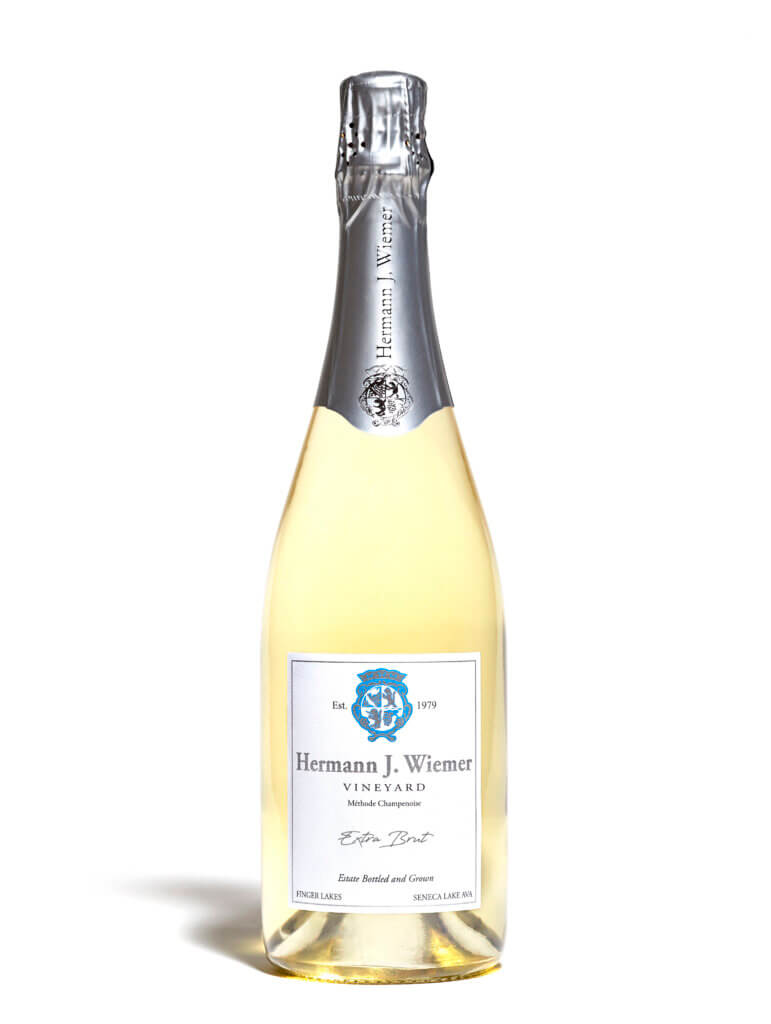In the lead up to the release of the newest iteration of our Extra Brut traditional method sparkling Riesling Maris Garden, from our wine education team, sat down with Head Winemaker/Co-Owner Fred Merwarth to get some historical context for the Extra Brut and sparkling Riesling in general at Hermann J. Wiemer.
Maris:
With the new edition of our Extra Brut releasing this week, could you speak a little to the history of it, and sparkling Riesling at Wiemer in general?
Fred:
Well, back in the early ’80s, Hermann set out to introduce our Dry Riesling to the American market to some difficulty. There was perhaps a little confusion about the concept of a dry Riesling after sweet German Rieslings flooded the market in the 60s and 70s. It’s also important to remember how different the climate was back then because it was tough to consistently get Riesling to full ripeness, which is what you need to make a truly great dry wine.
Maris:
Interesting. How does this relate to our Extra Brut?
Fred:
Sparkling wine utilizes much earlier picks, so it made more sense for Hermann to market a good-quality traditional-method sparkling wine, label it “Champagne Naturel,” and not mention the Riesling grape on the label. Only a little later, in the late 1980s, did Wiemer Dry Riesling gain traction.
Maris:
Can you talk about working with Riesling in sparkling as opposed to another variety?
Fred:
With Riesling, specifically, its acidity is a tricky thing to balance. It’s this fleeting or finite moment, to go from lime-y acidity to lemon-y acidity, and it’s not something that you can foresee, or that’s very flexible. I think the acid, when presented properly, is perfect and so suited for sparkling. It has a structural acidity, not just acidity that’s part of a flavor profile.
Maris:
I know we make mostly vintage sparkling wines at Wiemer. Why did you decide to make the Extra Brut non-vintage instead of vintage?
Fred:
This actually goes back to what we were just talking about with balance and acidity. That is why we essentially decided to pivot from the “Vintage” Extra Brut we did from ‘15-’18 to NV sparkling, to find better balance and to do what Non-Vintage is meant to do: bring the best of multiple years into harmony. If you think about most Champagne houses, their Tête du Cuvée is usually non-vintage, and there’s a reason for that; using vintage variation as a blending tool.
Maris:
What are your thoughts on Extra Brut and its age-ability?
Fred:
These wines will go forever. And that, to me, is what is so intriguing. Riesling’s inherent structural acidity allows for longevity, maybe even more so than other traditional sparkling varieties.
Maris:
What food do you personally pair with Extra Brut ?
Fred:
Crab cakes.
Maris:
Did Hermann receive any heat for using the term Champagne on the label?
Oskar jumping in:
Probably, but if he did, he didn’t care – he was already using a few German wine terms on his bottles at the time that we also can’t use anymore.
Maris:
Are there any remaining bottles of the 1985 Brut Naturel in the Library?
Fred:
I believe they have all disappeared from the cellars, everyone seems to be innocent and guilty at the same time…
Maris:
What would Extra Brut be if it was a song?
Maressa (in the background): Faith by George Michael
Thank you Fred for sharing your thoughts on Extra Brut and stories from winery’s history today and for Maris Garden, our Digital Engagement Coordinator, for her great questions.
Cheers!
Visit our shop to check out the Extra Brut Riesling



